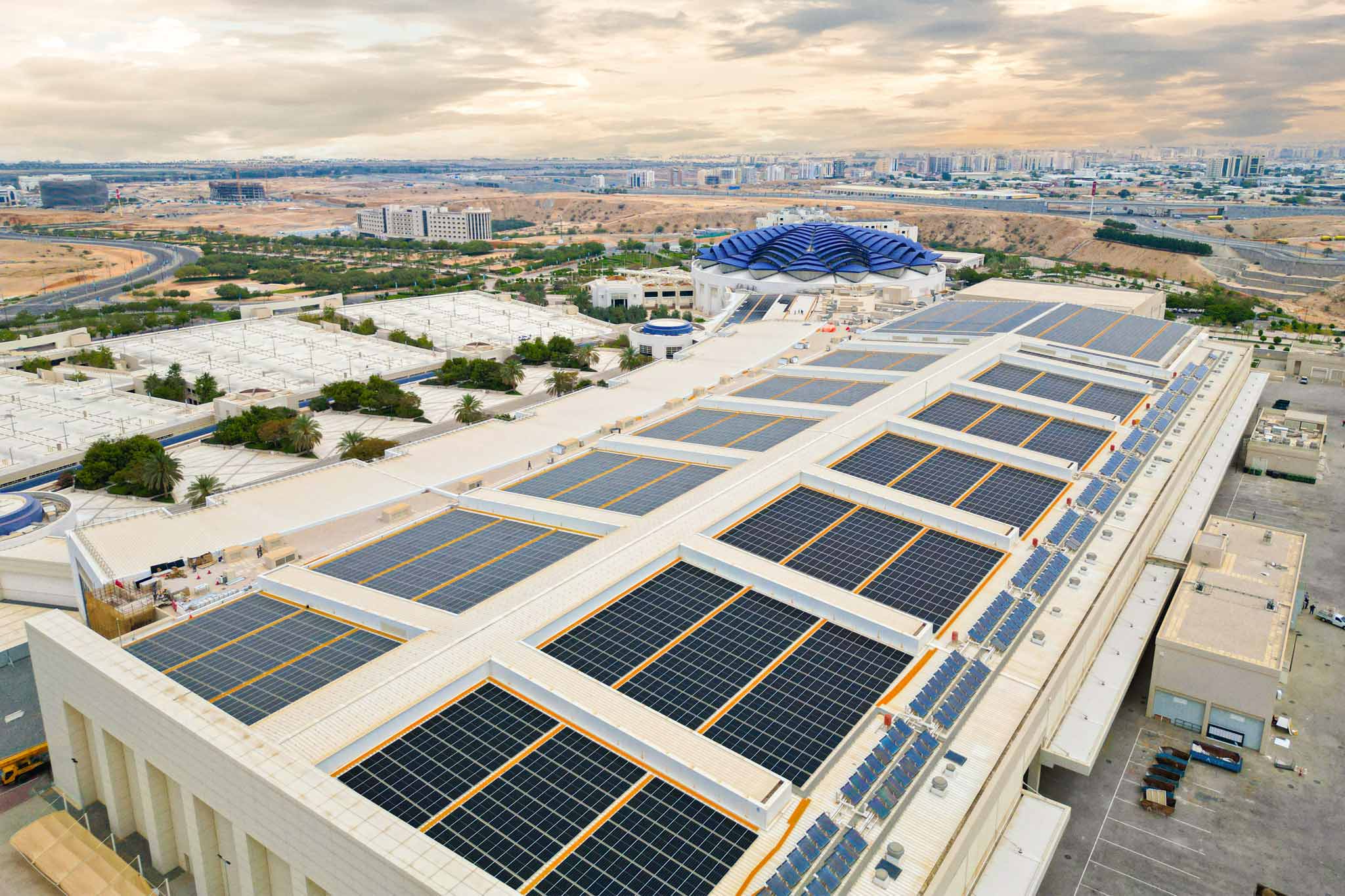What is the future of meetings? My answer is: there is no future for meetings in their current structure. We must refrain from using traditional meetings as the main building blocks in organising work if we are to navigate successfully in an increasingly hybrid and distributed existence. I am referring to the formally booked meetings that multiply in our activities.
In the new conditions, it does not matter that we learn to have better meetings (including meeting preparation, meeting forms, meeting management, meeting behaviours and meeting documentation) if the actual way of organising communication has reached a best-before date.
There needs to be more than the old way of organising clerical work. We are quickly moving into a multi-mixed reality (also called a multiverse) where AI is integrated into everything we think and do. The demands then increase drastically for a much more synergistic interaction between both individuals and with different types of information.
Do I have data to back up what I claim? Yes, there is a lot of data. For example, Microsoft, which measures a lot through its services, shows that both perceived and actual productivity decreases yearly while the number of meetings, emails, templates and measurements increases.
Why is that? A brief explanation of declining productivity is that more and more work becomes “official work” where the body is not used to exercise one’s profession. At the same time, the complexity of the activities increases, which in turn increases the requirement that more and more jobs become involved in more and more issues.
The tasks also become more abstract, with many using their days to handle text, symbols and representations of reality. In practice, the work becomes so abstract that it feels like you are doing something concrete when you are in a meeting.
If you have been told that work is the same as meetings, you naturally book more meetings to cope with the increased complexity. In turn, it leads to even more meetings, especially when digitalisation has made it easier to book digital meetings.
The consequences of this old way of organising work, where formally booked meetings are one of the main activities of managers, project leaders and most employees in organisations, is that every issue you have to deal with takes up more and more time in the system while each case consumes more man-time.
For example, eight people who meet for a formally booked meeting in one hour consume eight working hours, a full working day at the individual level, at this particular meeting.
How to solve the problem of steadily declining productivity? Well, you let different digital AI agents storm into these formally booked meetings to read everything said and shown during the meetings.
“There is no future for meetings in their current structure”
Then, the AI agents compile documentation, create to-do lists for meeting participants, and connect different types of information found in a myriad of separate documents, chat threads, and email conversations in varying patterns.
I, who write this and specialise in collective intelligence and organisational productivity, can tell you it does not solve the problem.
Humans feel increasingly monitored and try to navigate the organisational power play in different parallel and informal forums. It leads to even greater complexity and worse interaction in the organisations.
If you continue, your productivity will fall further. The consequence is that more and more “clerical tasks” are automated, in whole or part, to try to increase productivity again. Of course, this affects both the labour market and the content of tasks.
But does evolution have to follow this trodden path? No. But then we must leave the old way of organising work and shift focus from “better meetings” to how we arrange them to achieve a more synergistic interaction in and around our organisations.
And this synergistic interaction needs to take into account an increasingly hybrid existence where the hybrid exists in several dimensions:
- Hybrids between synchronous and asynchronous interaction systematically switching between “direct contact” and indirect contact between individuals.
- Hybrids between task focus and social interaction to both increase efficiency and cultivate cohesion and a constructive organisational culture even remotely.
- Hybrids between humans and machines where AI is taking over more and more tasks that are about compiling, structuring and presenting information while people are responsible for interpreting contexts, using their judgment and asking completely new types of questions.
To capture the difference between organising work based on meetings or interaction, I use a metaphor where I talk about the difference between a semiconductor (traditional leadership) and a superconductor (super leadership).
A semiconductor is an electronic component that conveys power and consumes some power along the way, as there is a certain delay in the transmission itself. A superconductor instead lets most of the current through without any actual time delay.
Many managers and project managers end up as semiconductors, where almost all information, ideas and initiatives must pass through the leaders to get the go-ahead. Often, managers end up in their semiconductor meetings all day.
What does a superconductor (super leadership) look like? Super leadership creates conditions for employees to self-organise.
“In the new conditions the actual way of organising communication has reached a best-before date”
Super leadership ensures that all information is visualised in an accessible way. The leadership role is then very much about connecting all the key value streams and creating the conditions for employees to interact with each other without so much information, ideas and initiatives having to pass through a semiconductor (regular leadership) forum.
And here comes the good news. The technology is now so developed that it is easy and inexpensive to create and use virtual work environments that provide an overview of all information and ongoing activities.
You do not need to use VR glasses, but it works great with regular laptops, tablets and mobiles to still feel spatial in these virtual environments.
By having QR codes in physical environments, you can quickly connect to virtual workspaces and different types of information.
And since everyone is walking around with advanced cameras, microphones and sensors, that is, smartphones, you can also quickly gather in a virtual work environment and then look in and move in different physical environments by using your mobile as “eyes, ears and feelers.”
As so-called generative AI improves, it becomes easier to convert images and movies from physical environments to digital copies you can virtually move through.
By using virtual work environments as a gathering place for interaction, one can easily combine synchronous and asynchronous communication. Switching between planned and spontaneous contacts is also easier regardless of geographical location.
It is not about expensive investments in technology to work more with super leadership. Instead, it is about changing approaches from developing your meetings, emails, templates and measurements how to creating work forms that offer much better conditions for a synergistic interaction in a hybrid and distributed existence.
I understand, of course, that it is not easy to make this “inverted” (the Swedish professor emerita Bodil Jönsson’s excellent concept to describe seeing things in a new way), mainly if one’s position has been achieved and competence has developed in the old forms of work. But I hope I can entice you to try.
Going off on a tangent is not an option if we are to solve the complex challenges of the multiverse crisis we find ourselves in.
Maybe this magazine should change its name from Meetings International to Multiverse Interactions to help with the necessary “vision change.” But that is too big a step to take. Or is it?



